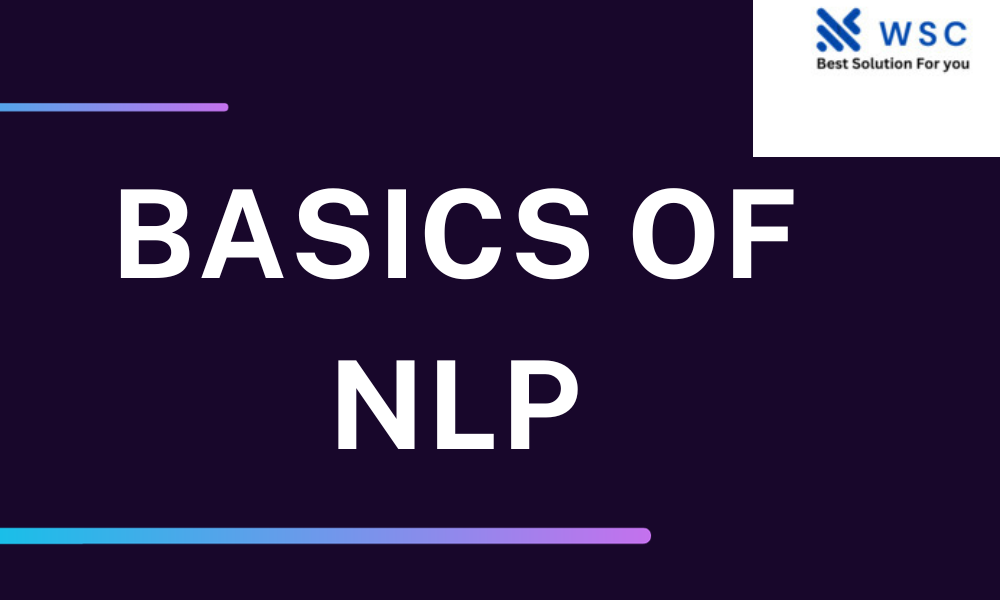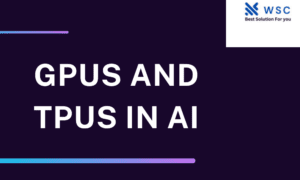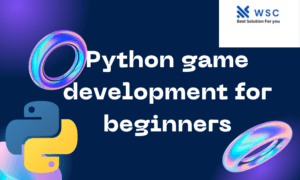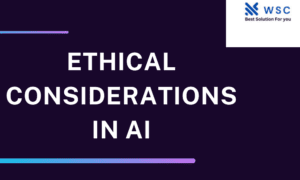Artificial Intelligence (AI) has evolved significantly over the years, and one of the most remarkable subfields within AI is Natural Language Processing (NLP). In this article, we will delve into the basics of NLP in artificial intelligence, exploring its applications, techniques, and how it plays a pivotal role in revolutionizing the way machines interact with human language.
Introduction to NLP
NLP, as the name suggests, focuses on enabling computers and machines to understand, interpret, and generate human language. It’s a multidisciplinary field that combines aspects of linguistics, computer science, and artificial intelligence. The primary goal of NLP is to bridge the communication gap between humans and machines, making it possible for computers to process and respond to natural language input.
Applications of NLP
NLP has found widespread applications across various industries, transforming the way we interact with technology. Here are some key areas where NLP is making a significant impact:
1. Virtual Assistants
Virtual assistants like Siri, Alexa, and Google Assistant rely heavily on NLP to understand and respond to user queries. They can answer questions, set reminders, and even engage in casual conversations, thanks to the sophisticated NLP algorithms running behind the scenes.
2. Sentiment Analysis
Businesses are using NLP for sentiment analysis to gain insights into customer opinions and feedback. This enables them to make data-driven decisions and improve their products and services based on customer sentiment.
3. Language Translation
NLP powers online translation tools, making it possible for individuals and businesses to communicate effectively across language barriers. Services like Google Translate utilize NLP techniques to provide accurate translations.
4. Chatbots
NLP-driven chatbots are becoming increasingly popular in customer support and e-commerce. These chatbots can handle customer inquiries, assist with purchases, and provide personalized recommendations, enhancing the overall user experience.
How NLP Works
NLP algorithms are designed to process and analyze vast amounts of text data. Here’s a simplified overview of how NLP works:
1. Tokenization
The first step in NLP is tokenization, where a text is broken down into smaller units called tokens. Tokens can be words, phrases, or even individual characters. This step helps the algorithm understand the structure of the text.
2. Text Cleaning
Text data often contains noise, such as punctuation, special characters, and irrelevant words. NLP algorithms employ text cleaning techniques to remove this noise and extract meaningful information.
3. Word Embeddings
Word embeddings are essential in NLP as they represent words in a numerical format that algorithms can work with. Techniques like Word2Vec and GloVe map words to vectors, allowing algorithms to understand the semantic relationships between words.
4. Natural Language Understanding
This is where the real magic happens. NLP algorithms use deep learning models, such as Recurrent Neural Networks (RNNs) and Transformer models like BERT, to understand the context, semantics, and sentiment of the text. These models can extract entities, identify parts of speech, and determine the overall meaning of the text.
Challenges in NLP
While NLP has come a long way, it still faces several challenges:
1. Ambiguity
Human language is inherently ambiguous, and understanding context can be challenging. NLP models are continually improving to tackle this issue, but there’s room for enhancement.
2. Multilingual Support
Support for multiple languages and dialects remains a challenge in NLP. However, ongoing research aims to make NLP more inclusive and accessible globally.
3. Data Privacy
As NLP systems become more sophisticated, concerns about data privacy and security grow. It’s crucial to develop ethical guidelines for NLP to protect user information.
The Future of NLP
The future of NLP in artificial intelligence looks promising. As technology advances, we can expect:
1. Enhanced Conversational AI
Conversational AI systems will become more natural and context-aware, enabling seamless interactions between humans and machines.
2. Improved Language Translation
Translation services will continue to improve, breaking down language barriers and fostering global communication.
3. Personalized Content
NLP will enable the creation of highly personalized content, from news articles to marketing messages, tailored to individual preferences.
import nltk
# Download NLTK data (if not already downloaded)
nltk.download('punkt')
# Sample sentence
sentence = "Natural Language Processing is fascinating!"
# Tokenize the sentence
tokens = nltk.word_tokenize(sentence)
# Print the tokens
print(tokens)
This code uses NLTK to tokenize the sentence “Natural Language Processing is fascinating!” into individual words. It’s a basic example of how NLP tools can be used to process and analyze text data.
Conclusion
Natural Language Processing is a fundamental aspect of artificial intelligence that is reshaping the way we interact with technology. Its applications are vast and varied, from virtual assistants to sentiment analysis, and its future holds exciting possibilities for more natural and intuitive human-machine interactions.
Check our tools website Word count
Check our tools website check More tutorial




